Mali travel tips
Mali travel tips: Landlocked West African nation, rich cultural heritage, diverse landscapes, historic Timbuktu, Sahelian climate, vibrant music, traditional art.
Regions 🌎
Mali travel tips. Here is a list of all the regions of the Mali.

Kayes
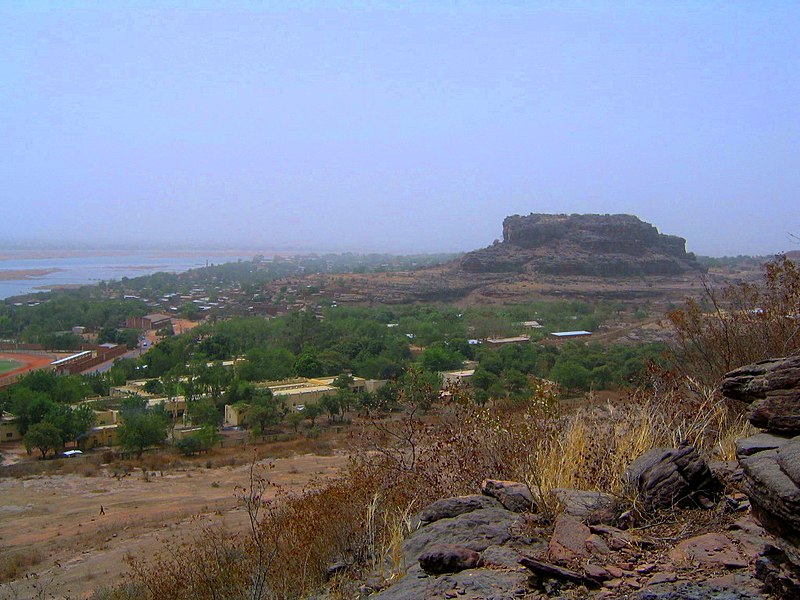
Koulikoro

Sikasso

Ségou
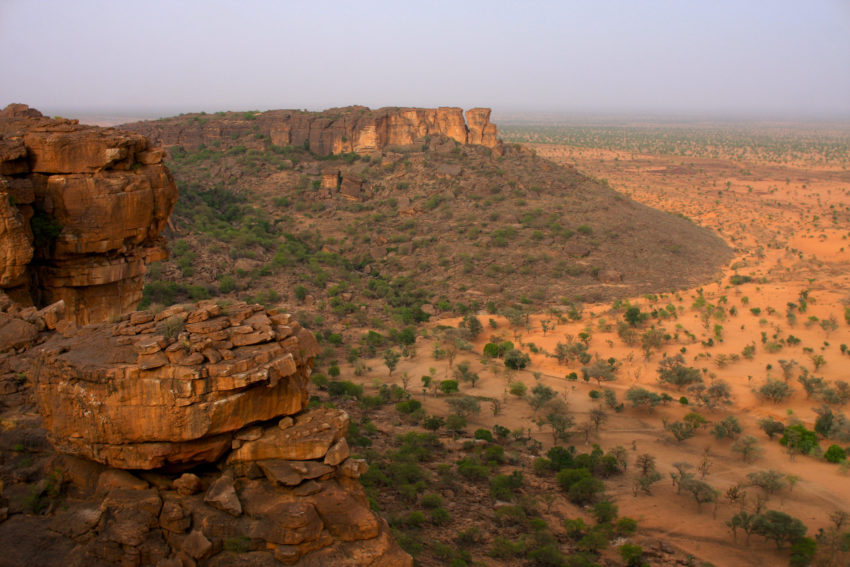
Mopti

Tombouctou

Gao
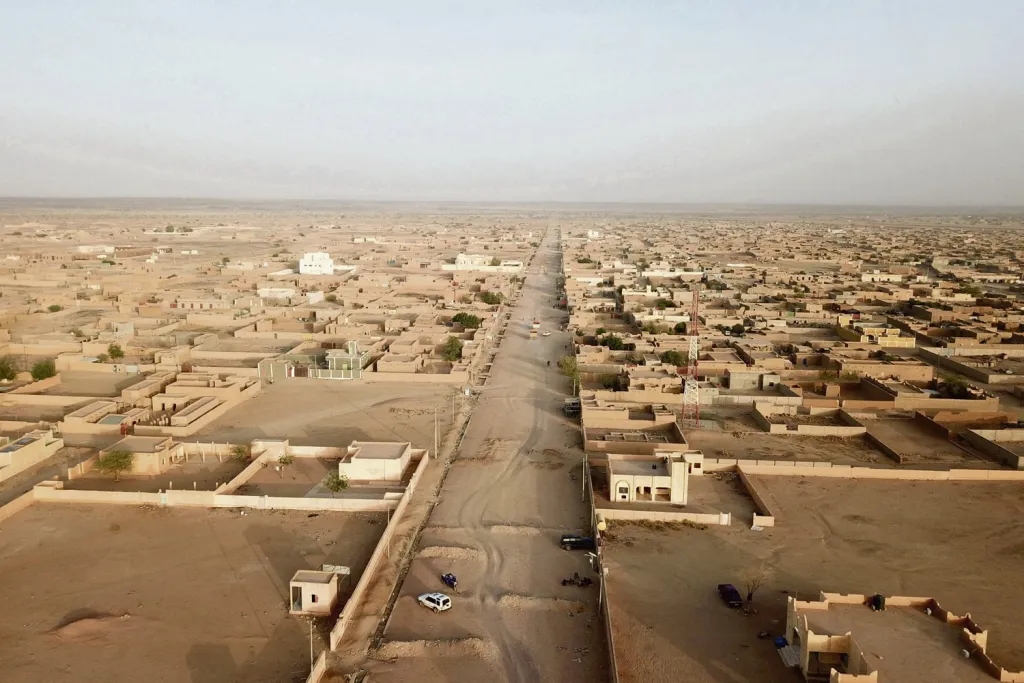
Kidal

Taoudénit
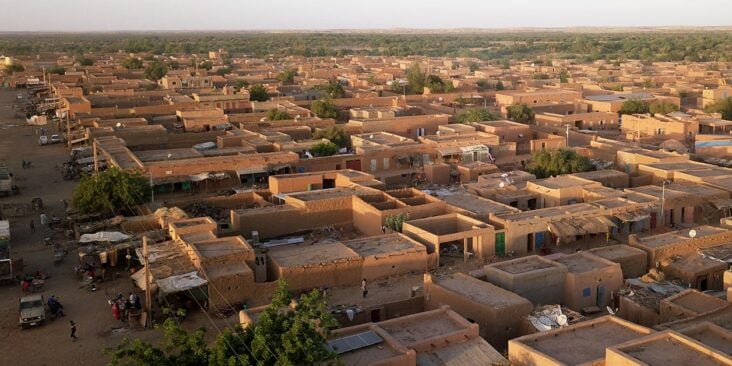
Ménaka
Before you go 🛩
Important information you should know before your trip
Info

Capital | Bamako
Flag Codes:
ISO alpha-2 ML,
ISO alpha-3 MLI
Currency
Badge | CFA franc
CODE | XOF
NUMBER | 952
SYMBOL | Fr
FRACTION | penny
Mobile Coverage
Dialing Code | +223
SIM Card
Coverage | 3G / 4G / 5G |
Mobile Networks | Malitel Mobile | Orange Mobile | Telecel Mobile |
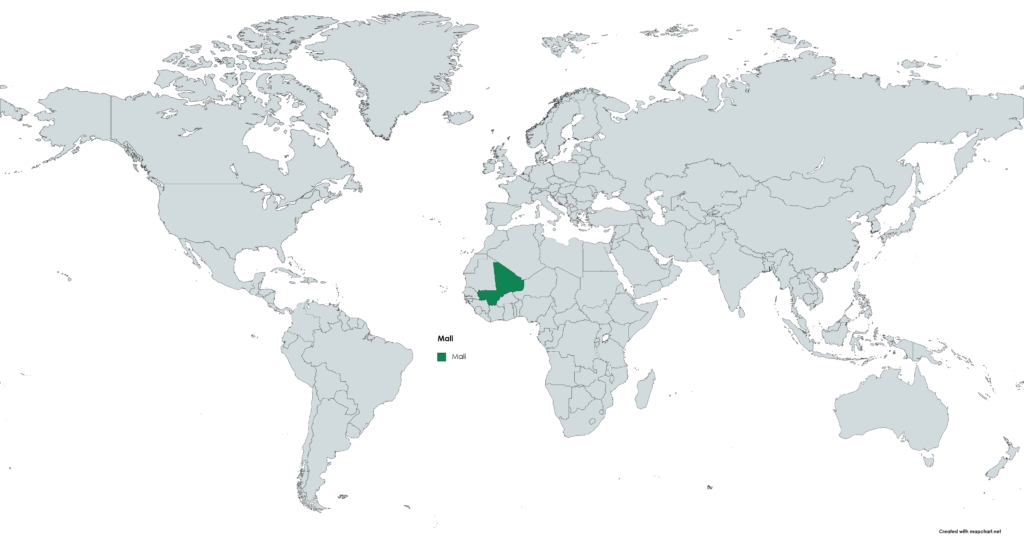
Location
Mali is a landlocked country located in West Africa. It is situated in the interior of the continent and shares borders with several other West African countries.
Geographical Features: Mali’s geography is characterized by diverse landscapes, including the Sahara Desert in the north, the Sahel region in the central part of the country, and the Sudanian Savanna in the south. The Niger River, one of the major rivers in West Africa, flows through the southern part of Mali, providing fertile land for agriculture and supporting various communities along its banks.
Capital City: The capital city of Mali is Bamako, which is located in the southwestern part of the country along the Niger River.
Mali’s geography, with its combination of arid desert regions and more fertile areas along the Niger River, has a significant influence on the country’s climate, economy, and way of life. It is known for its rich cultural heritage and history, including ancient trading routes and empires that once thrived in the region.
Currency
The currency of Mali is the West African CFA franc, abbreviated as XOF.
The West African CFA franc is the official currency not only of Mali but also of several other West African countries that are part of the West African Economic and Monetary Union (WAEMU).
These countries share a common currency and a fixed exchange rate with the Euro, as the currency is guaranteed by the French Treasury.
The West African CFA franc is issued and regulated by the Central Bank of West African States (BCEAO), which oversees the monetary policies of the member countries in the WAEMU region.
The currency is used for daily transactions, trade, and financial activities in Mali and the other member countries of WAEMU.
Languages
Mali is a linguistically diverse country with several languages spoken across its different regions. However, there are two official languages in Mali:
French: French is the official language of Mali and is used for government, education, administration, and in the media. It is the language of instruction in schools and is commonly spoken in urban areas and among the educated population.
Bambara (Bamanankan): Bambara is one of Mali’s national languages and is spoken by a significant portion of the population. It is the most widely spoken indigenous language in the country and serves as a lingua franca for many Malians, especially in urban and rural areas.
In addition to French and Bambara, Mali is home to a diverse range of ethnic groups, each with its own language and dialects. Some of the other prominent languages spoken in Mali include:
Fula (Fulfulde): Spoken primarily by the Fula ethnic group in Mali.
Songhay (Songhay-Koyraboro): Spoken by the Songhai people, particularly in the regions along the Niger River.
Tamachek (Tamasheq): The Tuareg people in northern Mali speak Tamachek.
Senufo (Supyire): Spoken by the Senufo ethnic group, mainly in the Sikasso Region.
Soninke (Sonomono): Spoken by the Soninke people, particularly in western Mali.
Dogon: The Dogon people in the Bandiagara Escarpment area speak various Dogon languages and dialects.
Climate 🌡
Mali has a predominantly arid to semi-arid climate, with variations in temperature and precipitation across different regions of the country. The climate is influenced by its location in West Africa, which includes the Sahara Desert in the north. Here are the key features of Mali’s climate:
Saharan Desert Climate (Northern Mali):
Northern Mali, including regions like Timbuktu and Gao, experiences an arid desert climate. This region is part of the Sahara Desert and is characterized by extremely hot and dry conditions. Rainfall is minimal, and temperatures can reach scorching highs, especially during the hottest months. Nighttime temperatures may drop significantly.
Sahel Climate (Central Mali):
Central Mali, including areas like Mopti and Segou, falls within the Sahel region. The Sahel is a transitional zone between the Sahara Desert to the north and the Sudanian Savanna to the south. This region has a semi-arid climate with a short rainy season. Rainfall is usually concentrated in a few months, and droughts are common. Temperatures are high during the dry season but moderate during the rainy season.
Sudanian Savanna Climate (Southern Mali):
Southern Mali, particularly areas along the Niger River, experiences a Sudanian Savanna climate. This region has a wetter and more tropical climate compared to the north. It has a distinct wet season and dry season. Rainfall is more reliable, and temperatures are generally moderate.
Rainy Season:
The rainy season in Mali typically occurs from June to September. During this period, the southern part of the country receives the majority of its annual rainfall. Rainfall is less reliable and more sporadic as one moves northward.
Dry Season:
The dry season in Mali spans from October to May. It is characterized by low humidity, little to no rainfall, and high daytime temperatures, especially in the northern desert regions.
Harmattan:
During the dry season, Mali, particularly in the Sahel and northern areas, may experience the harmattan, a dry and dusty wind that blows from the Sahara Desert. The harmattan can reduce visibility and create dusty conditions.
Temperature Extremes:
Northern Mali can experience extreme daytime heat, with temperatures often exceeding 40°C (104°F) during the hottest months. Nighttime temperatures can drop significantly in the desert areas.
Mali travel tips
If you’re planning a trip to Mali, here are some travel tips to enhance your experience:
Visas and Documentation:
Check visa requirements and ensure your passport is valid. Obtain necessary permits for specific regions if required.
Cultural Respect:
Embrace Mali’s rich heritage; respect local customs, traditions, and dress modestly in religious sites.
Health Precautions:
Get vaccinations, carry necessary medications, and drink bottled water to prevent waterborne diseases.
Safety Measures:
Stay updated on travel advisories. Keep valuables secure, and be cautious in crowded places. Respect local laws.
Transportation:
Plan transportation in advance. Domestic flights, buses, and taxis are common. Confirm schedules and prices. View Guide.
Cultural Events:
Check local calendars for festivals, ceremonies, and events for a deeper cultural experience.
Wildlife Encounters:
Explore national parks for diverse fauna. Follow guidelines and respect wildlife in their natural habitats.
Enjoy your time in Mali!

The best of the best
Malian cuisine is diverse and reflects the country’s cultural heritage, regional variations, and the availability of locally sourced ingredients. Traditional Malian foods often consist of grains, vegetables, meats, and spices.

Groundnut Stew (Mafé)
Mafé is a rich peanut stew made with meat (usually beef or chicken), vegetables, and a thick peanut sauce.

Kelewele
Kelewele is a spicy fried plantain dish seasoned with ginger, garlic, and chili peppers.

Tigadèguèna
Tigadèguèna is a traditional Malian dish made with peanuts, okra, and rice. It has a unique flavor and texture.
Here are some typical foods and dishes of Mali:
Bègni Bègni: Bègni Bègni is a Malian doughnut made from deep-fried dough. It is sweet and often enjoyed as a snack or dessert.
Bouillie: Bouillie is a creamy porridge made from millet or rice. It is sweetened with sugar and often served as a breakfast dish.
Kus-kus: Kus-kus, similar to couscous, is a staple food in Mali. It is often served with meat and vegetable stews.
Rice: Rice is a staple food in Mali and is a part of many meals. It is often served with sauces, vegetables, and meats.
Jollof Rice: Jollof rice is a popular West African dish made from rice cooked in a tomato-based sauce with spices, vegetables, and meat or fish. It is a flavorful and colorful dish often served at special occasions.
Tô: Tô is a thick porridge made from millet or sorghum flour. It is a common side dish served with sauces and stews.
Fufu: Fufu is a starchy side dish made from cassava, yam, or plantains. It has a dough-like consistency and is often served with sauces or stews.
Grilled and Roasted Meats: Grilled and roasted meats, such as beef, chicken, and goat, are popular in Mali. They are often seasoned with local spices and served with rice or couscous.
Malian cuisine combines traditional African ingredients with spices and flavors to create a diverse and delicious range of dishes. The use of local grains, vegetables, and meats reflects the country’s agrarian traditions and culinary heritage.
Transportation 🚥
More information about this country
Choose your destination 📍🗺
Useful Links ✅



